Extracting nucleic acids for evaluation is a
routine part of both research and diagnostic laboratory work.
The process is often made far more complicated than necessary but entails three basic steps.
Nucleic acids are trapped behind protective cellular layers which must be broken apart.
This process is called cell lysis.
Once the nucleus has been broken open and the nucleic acids freed, the other organic components of the cell must be destroyed so they do not interfere and contaminate the DNA or RNA.
Both cell lysis and destruction of interfering organic material is done through a multi-step process of adding buffers and washes.
The final step to preparing nucleic acids for investigation is removing the DNA or RNA through a purification process to obtain just the target material.
When preparing small amounts of a single sample type, manual pipettes and off-the-shelf DNA or RNA extraction kits can get the job done.
When preparing multiple patient samples or multiple target samples at once, an automation platform like the ThermoFisher® Kingfisher Flex® is the most cost and time efficient way to extract DNA or RNA.
Up to 96 different samples can be prepared simultaneously in about an hour using a Kingfisher type automation extraction and purification device.
Kingfisher® nucleic acid preparation devices use magnetized beads to perform the three steps above.
Samples are loaded into a deep well plate – most commonly a 96 well plate with each well holding 2mL of volume – and magnetically charged beads are added to the sample along with the lysis buffer needed to free the nucleic acid material.
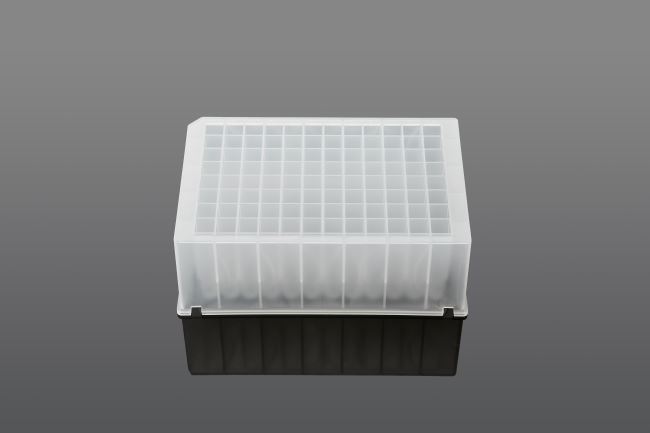
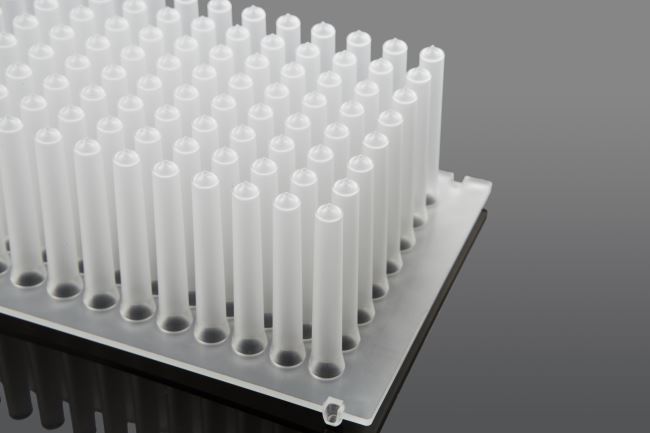
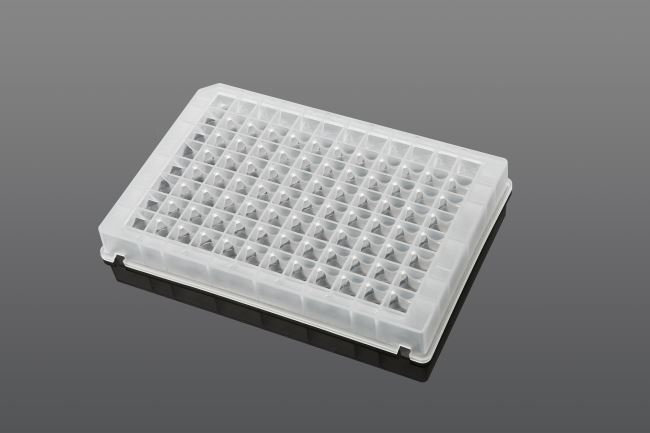
As the negatively charged DNA or RNA break loose, they are bound to the magnetic beads floating in the solution.
A plastic comb holding a magnetic rod is then inserted into each well to attract the beads and DNA/RNA to the outside of the comb, and the comb is removed from the lysis buffer.
The Kingfisher® type device then rotates a fresh plate into place where multiple washing steps are done.
The final purification step is done in a smaller volume elution plate where nucleic acids are released back into a solution for downstream activities like qPCR, NGS and the used magnetic beads are removed and discarded.
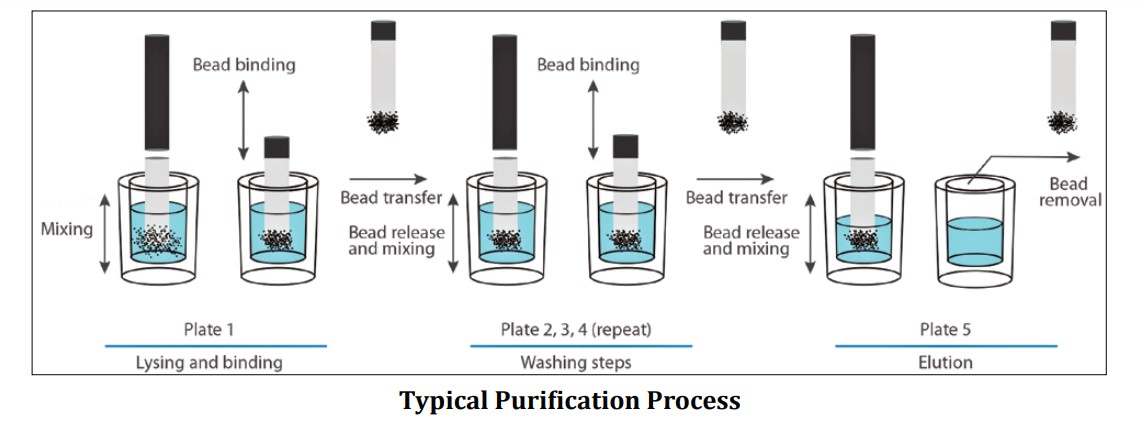
To perform DNA or RNA extraction in this manner, the lab needs the following:
- 2mL deep well plates for the cell lysis process
- Magnetic beads (usually sold in bottles of 100ml or more)
- Plastic tip combs
- A kit containing cell lysis buffers, washes and reagents
- Elution plates for the final product.
The lab also needs single or multichannel pipettes, or some other automated liquid handling platform to load the initial samples into the 2mL plates.
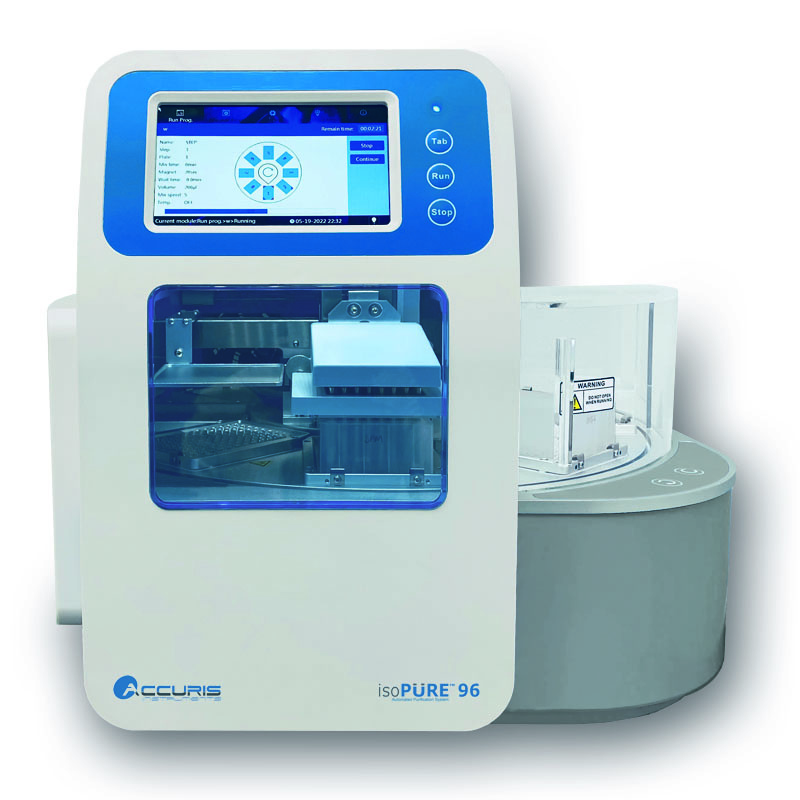
The isoPure 96 incorporates a UV decontamination system to kill off stray organic materials and produce more purified DNA and RNA material.
Programming the IsoPure 96 is quick and easy, thanks to the brilliant full color touchscreen front panel.
For even faster sample preparation, our partner Biomiga offers DNA and RNA extraction kits pre-loaded with all the reagents and magnetic beads.
Simply pipette the samples to be tested, load the deep well plate to the correct IsoPure 96 or Kingfisher Flex® platform location and initiate the program.
With a price tag that is about $30,000 less, the Accuris Instruments IsoPure 96 DNA and RNA extraction platform makes nucleic extraction accessible and quick.


